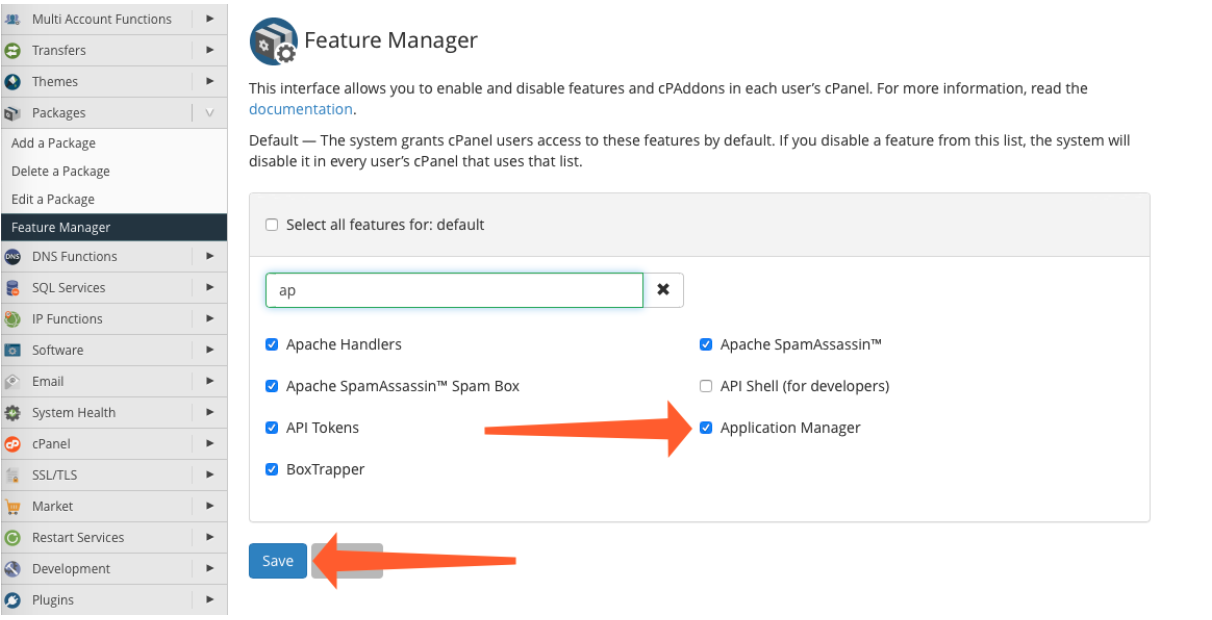

Join us if you’re a developer, software engineer, web designer, front-end designer, UX designer, computer scientist, architect, tester, product manager, project manager or team lead.Ahmad Rosid Follow Software Developer based in Indonesia. The problem solvers who create careers with code. LinkedIn YouTube Facebook Twitter Products If you want to learn more about what Red Hat is up to on the Node.js front, check out Red Hat Developer's Node.js topic page.

For more information on how Red Hat defines support for Node.js modules and frameworks in this build, refer to the Node.js module and framework support policies. The Red Hat build of Node.js is available with a subscription to Red Hat Runtimes. To learn more about the improvements and features in this latest version, check out the official Node.js blog post on the subject.

For example: import from 'timers/promises' Īs you can see, using the Node.js 16 container image on Red Hat OpenShift today is pretty simple. Timers can return a Promise object, which removes the need to use the util.promisify() function. The latest version also includes additional Promise-based APIs, like Timers. This provides new language features like ECMAScript RegExp match indices, which provide the start and end indices of a captured string. For instance, the V8 JavaScript engine has been updated to version 9. The Node.js 16 release delivers a host of improvements and new features. You can use the OpenShift command-line tool ( oc) to create a new application like so: $ oc new-app docker pull /ubi8/nodejs-16:latest~Īlternatively, you can use the Nodeshift module to deploy a Node.js application from a local directory: $ npx nodeshift -dockerImage=/ubi8/nodejs-16 -expose Node.js 16 updates Deploy the Node.js 16 container image on OpenShift We are unable to test every possible framework and version, but the specific components, modules, and frameworks supported on Red Hat's build of Node.js can be found on the component details page as per the Node.js module and framework support policies. Red Hat runtimes are tested and certified against various popular development frameworks and technologies while running on Red Hat OpenShift and RHEL. Every Red Hat build of a Node.js release is tested and supported on Red Hat OpenShift and Red Hat Enterprise Linux and is based on a Red Hat Universal Base Image. Red Hat recently released a fully supported Node 16 container image. Code-named Gallium, it became a long-term support (LTS) release in October. In April 2021, Node.js released its latest major version, Node.js 16.


 0 kommentar(er)
0 kommentar(er)
